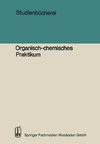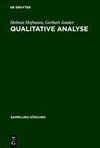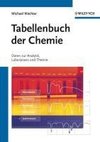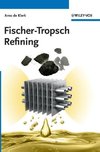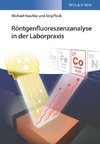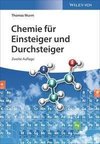
-
 Anglický jazyk
Anglický jazyk
Advanced Nanoarchitectures with Photocatalytic Functionality
Autor: Chen Ying-Chu
Two novel nanoarchitectures - including the highly branched spikecube exemplified by ß-SnWO4 and the biomimetic nanopeapod manifested in Au@Nb@HxK1-xNbO3 - were put forward for the first time in this dissertation, particularly aiming at enriching the library... Viac o knihe
Na objednávku
63.27 €
bežná cena: 71.90 €
O knihe
Two novel nanoarchitectures - including the highly branched spikecube exemplified by ß-SnWO4 and the biomimetic nanopeapod manifested in Au@Nb@HxK1-xNbO3 - were put forward for the first time in this dissertation, particularly aiming at enriching the library of pattern designs for sunlight-driven photo(electro)chemical applications. Specifically, ß-SnWO4 spikecubes were entitled on the basis of the peculiar morphology, wherein bundles of nanopillars were self-aligned with quasi-periodicity onto each sharp face of hexahedral cube cores. Moreover, this geometric engineering was particularly carried out on a Scheelite-type (ABO4) ß-SnWO4 crystal with a visible-light-active band gap of 2.91 eV and subtle conduction and valence band positions, endowing the photoexcited electron-hole pairs on ß-SnWO4 with strong reducing and oxidizing power, respectively. Consequently, an outstanding photocatalytic activity in degrading organic dyes was observed for the ß-SnWO4 spikecube with an enhancement more than 150% in comparison with a benchmark visible-light-active WO3 photocatalyst. By contrast, the design of Au@Nb@HxK1-xNbO3 emulates the growth pattern of a natural plant - a peapod -, wherein sub-10 nm core-shell Au@Nb plasmonic bimetallics as the particulate peas seeded discretely inside the unidirectional cavity of the tubular HxK1-xNbO3 semiconductor as the pod. The biomimicry of this configuration endows the Au@Nb@HxK1-xNbO3 nanopeapods with strong light harvesting abilities, wherein the HxK1-xNbO3 nanopod and the Au@Nb nanopeas absorb ultraviolet and visible light via interband transition and surface plasmon resonance, respectively. More importantly, the strong near-field plasmon-plasmon coupling between neighboured Au@Nb nanoparticles allows the Au@Nb@HxK1-xNbO3 nanopeapod absorbing near-infrared light. Last but not least, dye photodegradation and water photoelectrolysis as proofs-of-concept manifested the full-spectrum utilization of diffusive solar energy by the Au@Nb@HxK1-xNbO3 nanopeapod for environmental remediation and fuel generation, respectively.
- Vydavateľstvo: Cuvillier
- Rok vydania: 2018
- Formát: Paperback
- Rozmer: 210 x 148 mm
- Jazyk: Anglický jazyk
- ISBN: 9783736997806



 Nemecký jazyk
Nemecký jazyk 